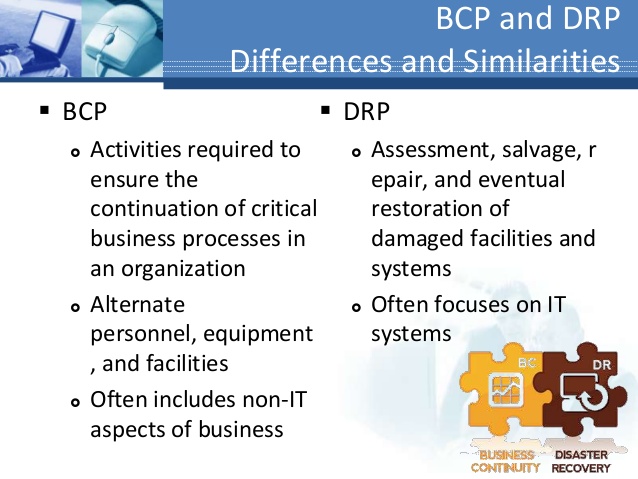The trend of combining business continuity
Being ready for a potential disaster is not something new for organizations
BCP / DR
Business continuity is more proactive and generally refers to the processes and procedures an organization must implement to ensure that mission-critical functions can continue during and after a disaster. BC involves more comprehensive planning geared toward long-term challenges to an organization's success.

-
Importance of BCDR
As cyberthreats increase and the tolerance for downtime decreases, business continuity and disaster recovery gain importance. These practices enable an organization to get back on its feet after problems occur, reduce the risk of data loss and reputational harm, and improve operations while decreasing the chance of emergencies.
-
Business continuity and disaster recovery
A disaster recovery plan (DRP) features a summary of key action steps and contact information, the defined responsibilities of the DR team, guidelines for when to use the plan, the DR policy statement, plan goals, incident response and recovery steps, authentication tools, geographical risks and plan history.
-
Business impact analysis and BCDR strategies
Determining internal and external risks is important to the business continuity and disaster recovery process. The risk analysis identifies risks and the likelihood they will occur, as well as the potential damage they could cause.
-
Change management and BCDR testing
It addresses similar situations as BCDR planning and testing, so an organization may decide to include business continuity and disaster recovery in the change management process.
